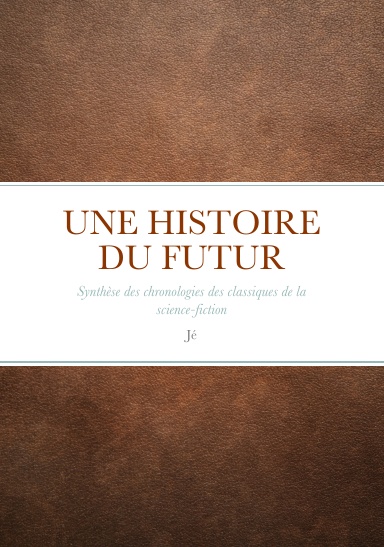Artificially generated black holes could provide us with the power to make inter-solar travel a possibility. New research shows how strapping a black hole to your starship might just give you the juice to get to Alpha Centauri.
Louis Crane and Shawn Westmoreland of Kansas State University propose a way to use black holes as fuel that is entirely within the bounds of physics and technology as we know them, but would take phenomenal amount of engineering.
The crux of their idea involves using using a laser to form a micro black hole, which could be used as an energy source. This would be a Schwarzschild, or non-rotating, black hole which outputs Hawking Radiation, and the smaller the black hole, the more energetic.
Of course, making a black hole isn't the world's most easy undertaking. It takes a huge amount of power to build one in the first place. To make one of these mini black holes, Crane and Westmoreland propose a 370km2 solar panel, at an orbit one million km from the surface of the sun, which, if perfectly efficient, would gather enough energy per year to make one black hole. This power would be fed to a spherically converging gamma laser, with a lasing mass of around 10^9 tonnes. However, after you make a few black holes, you can use them as a power source to make more.
According to the authors, a black hole to be used in space travel needs to meet five criteria:
1. has a long enough lifespan to be useful,Fortunately, black holes have a sweet spot in terms of size, power and lifespan which is almost ideal.
2. is powerful enough to accelerate itself up to a reasonable fraction of the speed of light in a reasonable amount of time,
3. is small enough that we can access the energy to make it,
4. is large enough that we can focus the energy to make it,
5. has mass comparable to a starship.
If you take a trip to Alpha Centauri, with an acceleration of 1g to the half way point, and then decelerate at 1g for the remainder of the journey, the trip takes a relativistic 3.5 years. A black hole that would survive the entire trip would have a radius of 0.9 attometers, would have a mass of 606,000 tonnes, and a power output of 160 petawatts. The lifespan of the black hole could be extended by feeding it mass, too.
For longer trips, you could use larger but weaker holes, and smaller and more powerful ones for short trips.
Getting the black hole to act as a power source also requires a bit of work. One potential method involves placing the hole at the focal point of a parabolic reflector attached to the ship, creating forward thrust. A slightly easier, but less efficient method would involve simply absorbing all the gamma radiation heading towards the fore of the ship, and let the rest shoot out the back to push you onwards.
Of course, there are potential problems with Crane and Westmoreland's ideas. According to Govind Menon, Professor of Physics at Troy University, most views on extracting energy from black holes involve using ones that rotate. "With non-rotating black holes, this is a very difficult thing...we typically look for energy almost exclusively from rotating black holes. Schwarzschild black holes do not radiate in an astrophysical, gamma ray burst point of view. It is not clear if Hawking radiation alone can power starships." Menon adds that extracting energy from black holes is highly problematic. "Given [this type] of black hole, it is not clear to me how someone would go about extracting energy."
Another issue is what to do with the black hole when it reaches the end of its life span, as they tend to explode. "Such an explosion is powerful by terrestrial standards, but not by astronomical standards", say Crane and Westmoreland, so it's merely a matter of dropping the black hole around 1 AU away from anything too important, and letting it detonate.
With a set of four machines: black hole generator, black hole drive, power plant, and a self perpetuating black hole powered black hole generator, the potential is enormous. As Crane and Westmoreland say:
A civilization equipped with our four machine tool set would be almost unimaginably energy rich. It could settle the galaxy at will.Article available on ArXiv
Found via Next Big Future
Source : https://io9.gizmodo.com/5391989/a-black-hole-engine-that-could-power-spaceships



















1 commentaire:
"Ursula Lehouine avait donc raison... et Saint Zaplotny aussi, que son nom soit béni pour les siècles des siècles", comme dirait Gurvan Antilles !
Enregistrer un commentaire